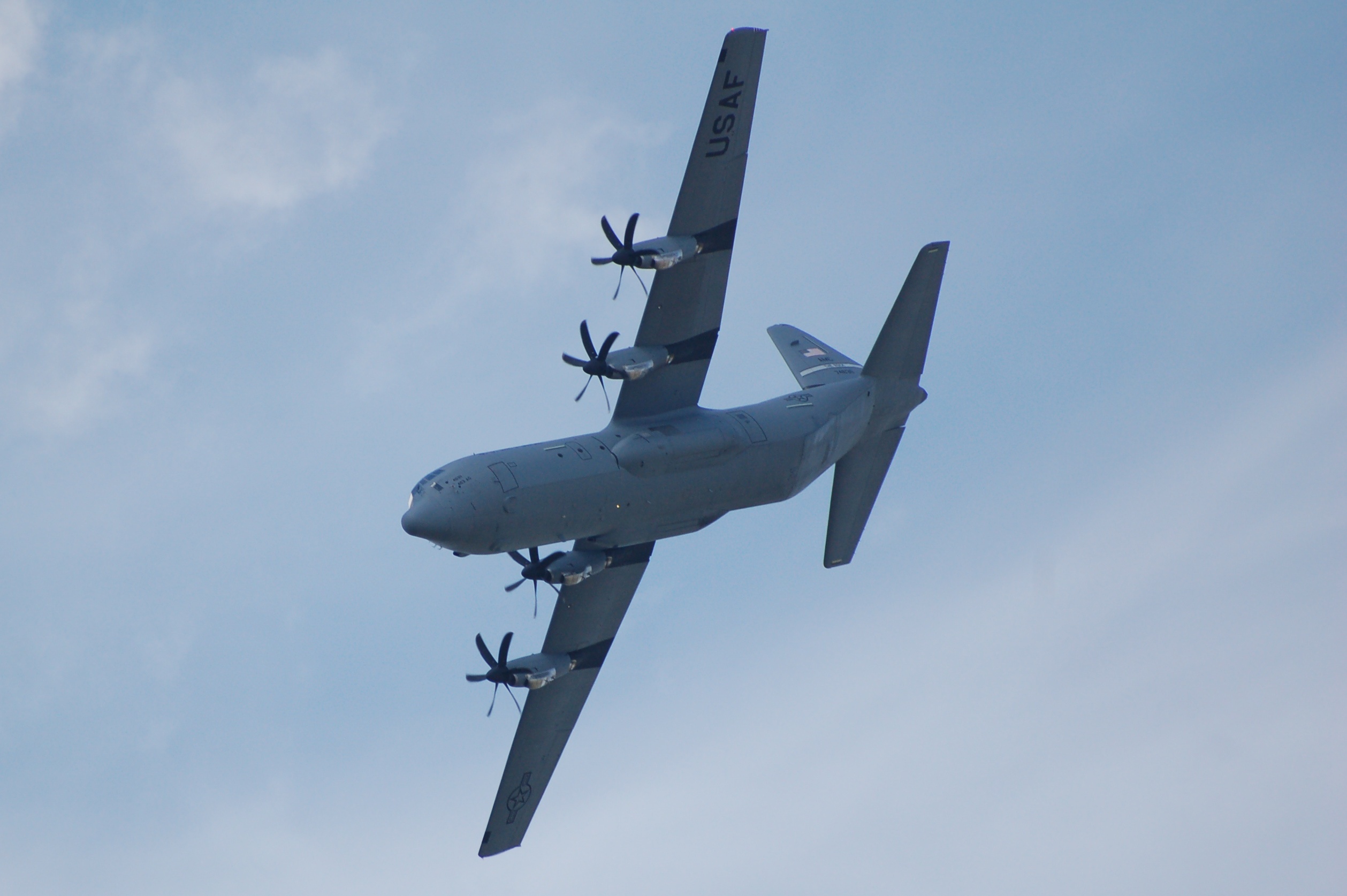Log-in here if you’re already a subscriber
Over the past few years, a cadre of autonomous aviation startups have burst onto the scene, wowing investors with demonstrations of aircraft credibly flying themselves. These ambitious, well-capitalized new entrants are aiming to leapfrog established players in bringing uncrewed or reduced-crew passenger and cargo aircraft to market, driven by an existential imperative that simply doesn’t exist for traditional original equipment manufacturers.
Related: Like it or not, the foundations for single-pilot flying are being laid today
“The big OEMs, they all are in a spot where they have more R&D dollars than we could ever hope to spend, but those R&D dollars are spread out among tens if not sometimes hundreds of different R&D programs,” as Merlin Labs CEO Matt George put it. “We now have a hundred-plus million dollars to be able to focus just on one problem. … If we do not achieve that mission, we cease to exist as a company.”
That means these startups are necessarily on the front lines of the broader effort to define how to introduce increasingly autonomous aircraft into a system designed around human pilots. Some precedent for this has already been established in Garmin’s Emergency Autoland, which takes full control of an aircraft in flight all the way through wheel stop on the runway. Certified by the FAA in 2020, it was pitched to the agency as a last-ditch effort to save a small aircraft and its passengers in the event its pilot becomes incapacitated.
Related: Emergency Autoland puts Garmin on the bleeding edge of autonomous flying
Now Merlin Labs, Reliable Robotics and Xwing are all seeking to make advanced autonomy a routine feature of aircraft operations — and are each pursuing a markedly different strategy for getting there, reflecting their divergent bets on what regulators will accept in the short and medium terms. What they have in common, their CEOs explained in interviews with The Air Current, is an acknowledgement that certifying and deploying autonomous aircraft is likely to be a staged and incremental process, and will rely as much on the associated infrastructure and operational concepts as the technology onboard.
Subscribe to continue reading...Subscribe to Continue Reading
Our award-winning aerospace reporting combines the highest standards of journalism with the level of technical detail and rigor expected by a sophisticated industry audience.
- Exclusive reporting and analysis on the strategy and technology of flying
- Full access to our archive of industry intelligence
- We respect your time; everything we publish earns your attention


